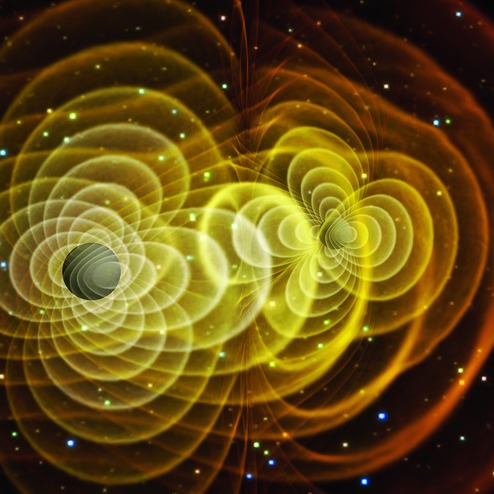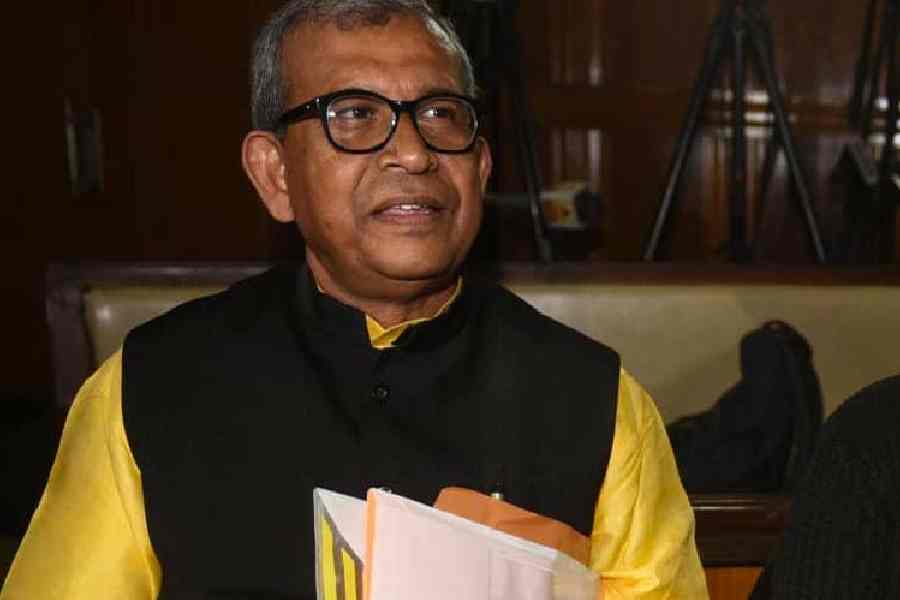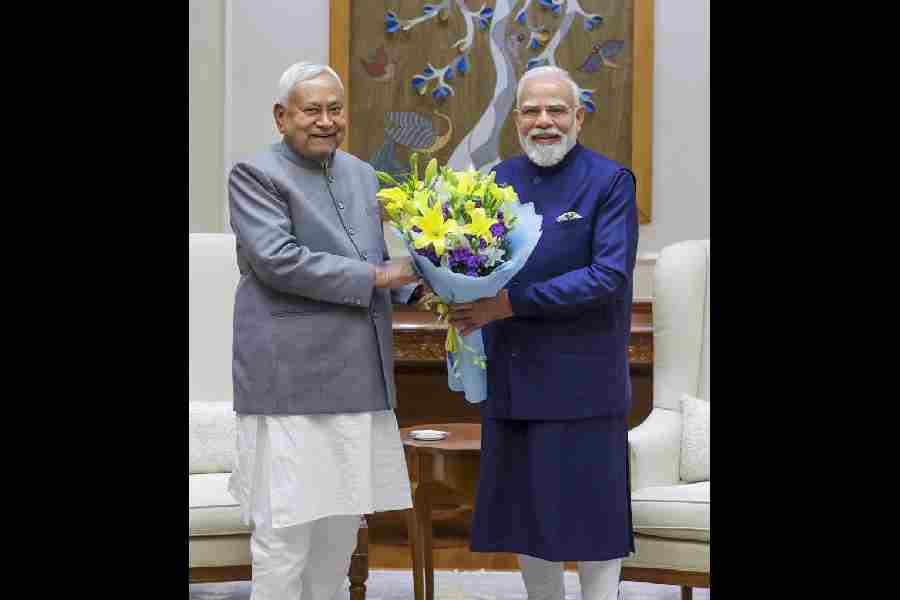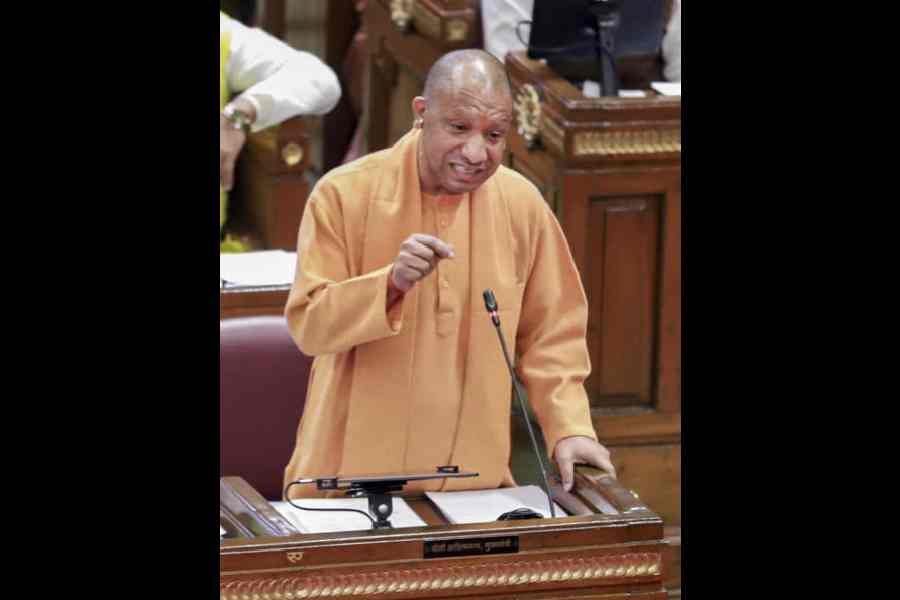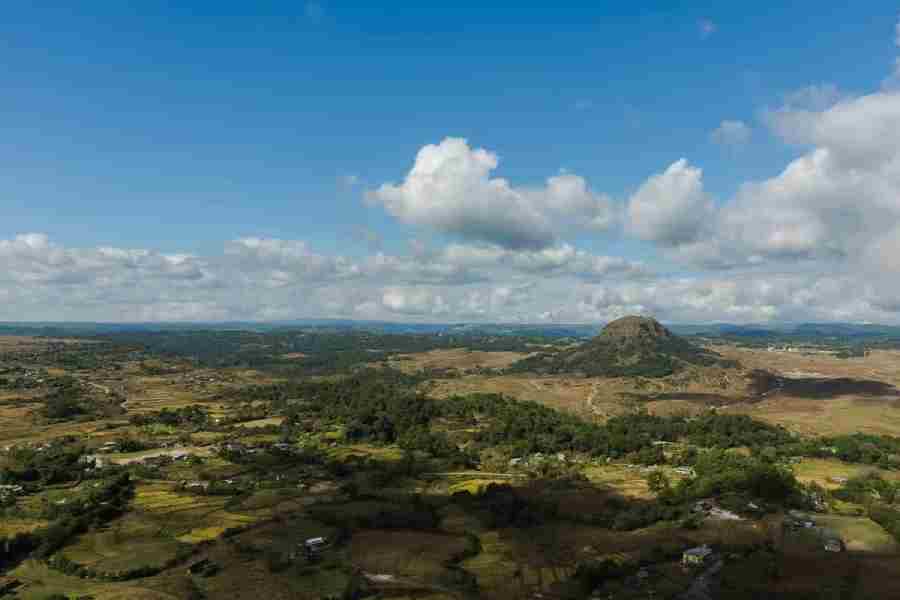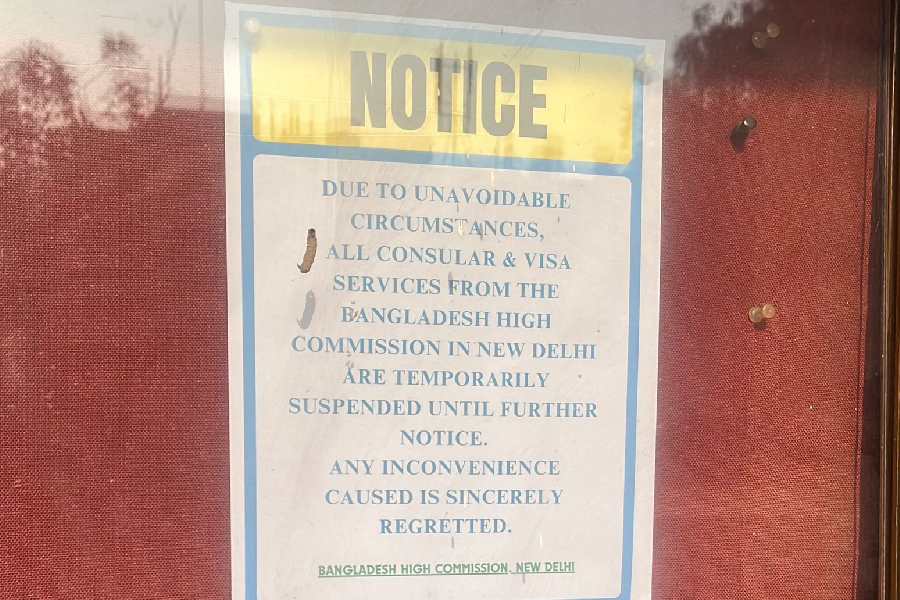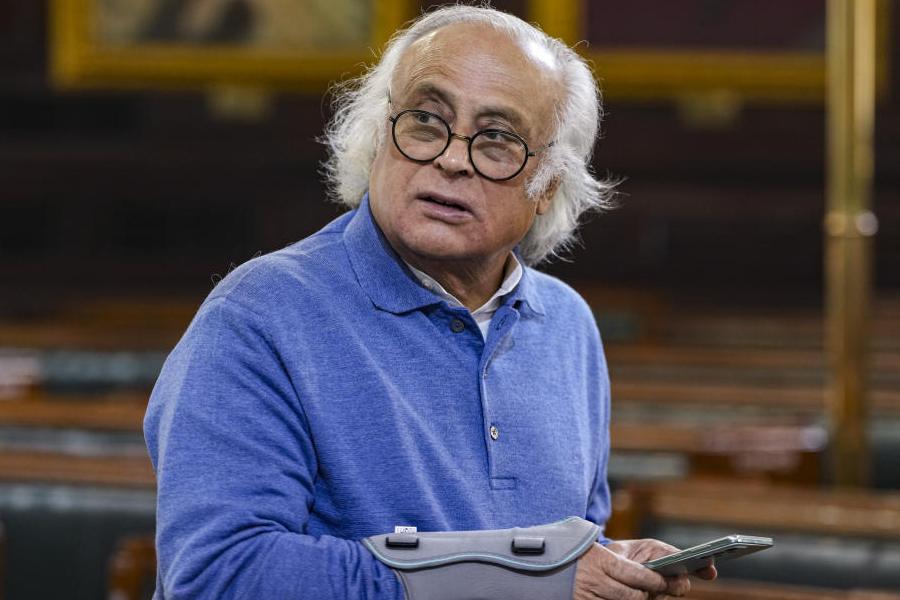
Most scholars consider Albert Einstein's General Theory of Relativity as scientifically rich as well as mathematically elegant. One of the path-breaking ideas put forward in it was the concept of space-time continuum, which weaves in both space and time coordinates to create a combined mathematical fabric to explain and understand the theory of gravitation. The general theory views gravitation as a natural motion of the body moving in a straight line in a curved space-time, where the curvature is caused by any body with a mass. It also predicts the existence of gravitational waves - ripples in the fabric of space-time caused by cosmic cataclysms such as the merging of a pair (binaries) of neutron stars or black holes.
It is for proving the existence of these gravitational waves - on September 14, 2015, a hundred years after Einstein's prediction - that key scientists of The Laser Interferometer Gravitational-Wave Observatory (LIGO) won this year's Nobel Prize in Physics.
"These three scientists, Barry Barish, Kip Thorne and Rainer Weiss led teams that produced an engineering and physics marvel, one of the most sophisticated machines ever constructed. It detected a ripple 1/10,000 the size of an atomic nucleus, resulting from the collision of two blackholes each of which was about 30 times as large as our Sun, an event that happened 1.3 billion years ago! If this is not the best example of science and engineering collaborating, what is?" says N.R. Narayana Murthy, Infosys founder and the only Indian on the board of trustees of the Institute of Advanced Study at Princeton, where Einstein spent a large part of his career trying to unify gravitation with other fundamental forces in physics.
"The direct experimental detection of gravitational waves by the LIGO Science Collaboration is a major discovery. It certainly deserves the Nobel Prize," says Sanjeev Dhurandhar, professor at the Inter-University Centre for Astronomy and Astrophysics (IUCAA) in Pune. "A new astronomy is born - gravitational wave astronomy, which will bring us unprecedented information about the universe," says the pioneer of gravitational wave astronomy in India.
There are as of now no applications of gravitational waves but scientists expect to find a few. "In future, this technique will probe the nature of black holes, neutron stars, supernovae and other things not yet imagined. We may be able to look back to almost the beginning of time - just after the Big Bang, which we cannot do with light," says Nobel-winning cosmologist Brian Schmidt, who is also the vice-chancellor of Australian National University in Canberra.
The LIGO was devised and constructed by a large team of scientists, engineers and support staff at the California Institute of Technology (CalTech) and the Massachusetts Institute of Technology (MIT) along with collaborators from about 80 scientific institutions from different parts of the world. Scientists and research institutions from India too played a vital role.

The IUCAA group has been part of the LIGO Science Consortium the last 17 years. Dhurandhar and B.S. Sathyaprakash were the ones to come up with a way to extract gravitational wave signals of in-spiraling binary black holes and neutron stars from background noise in 1991. Ever since, the IUCAA group has focussed on extracting gravitational wave signals from various viable astrophysical sources and differentiating them from the noise. An important aspect of their current work involves understanding the physics of neutron stars from the gravitational wave signals and electromagnetic follow-ups.
"Providing windows into a universe overwhelmingly dark, gravitational waves would be among the best tools to explore astrophysics, cosmology and fundamental physics in the coming decades," says Bala Iyer, an expert in general relativity based at the International Centre for Theoretical Sciences-TIFR and Raman Research Institute, Bangalore.
Over two decades the team lead by Iyer, the principal investigator of IndIGO (the Indian part of LIGO Science Consortium), was involved in analytical calculations of gravitational waves emitted by binaries made of neutron stars and black holes. With Sathyaprakash, who heads the gravitational physics group at Cardiff University, they were involved in testing Einstein's general relativity using gravitational wave observations.
Another team led by P. Ajith - a gravitational physicist at ICTS-TIFR Bangalore and a former member of Kip Thorne's group at CalTech - was instrumental in combining analytical calculations and extensive supercomputer simulations to model gravitational wave signals emanating from the collision of celestial objects.
It is unlikely that the LIGO project would have achieved the heights it has without the contributions of Indian scientists in both theoretical as well as observational aspects. However, it is the long-term vision and imagination of people who built and run LIGO that deserve a special mention. After all, Einstein himself remarked: "Imagination is more important than knowledge!"
The author is an Indian astrophysicist based at CEED, University of Oslo, Norway

